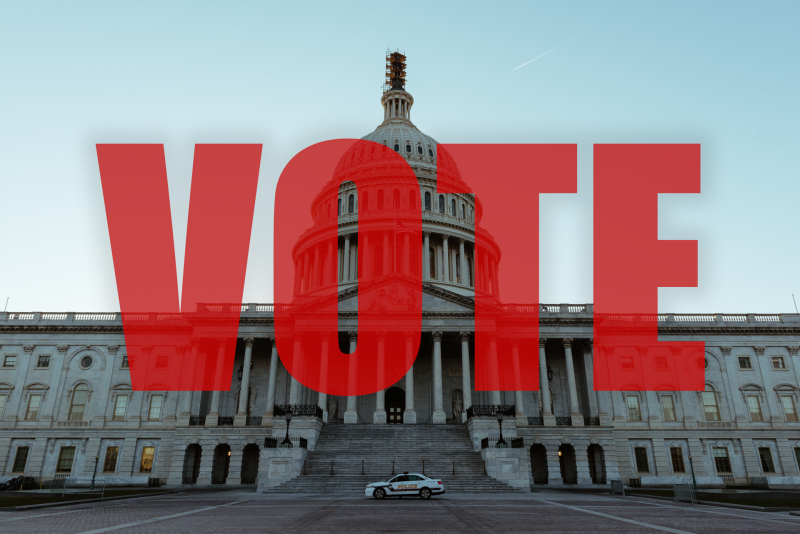- 3,294
- 801
- Joined
- Mar 5, 2008
Yeeeeeea I look at that long *** essay and its like standing at the base of Mt. Everest and looking up 
I'm just gonna trust that what you said was eye-opening lol

I'm just gonna trust that what you said was eye-opening lol










